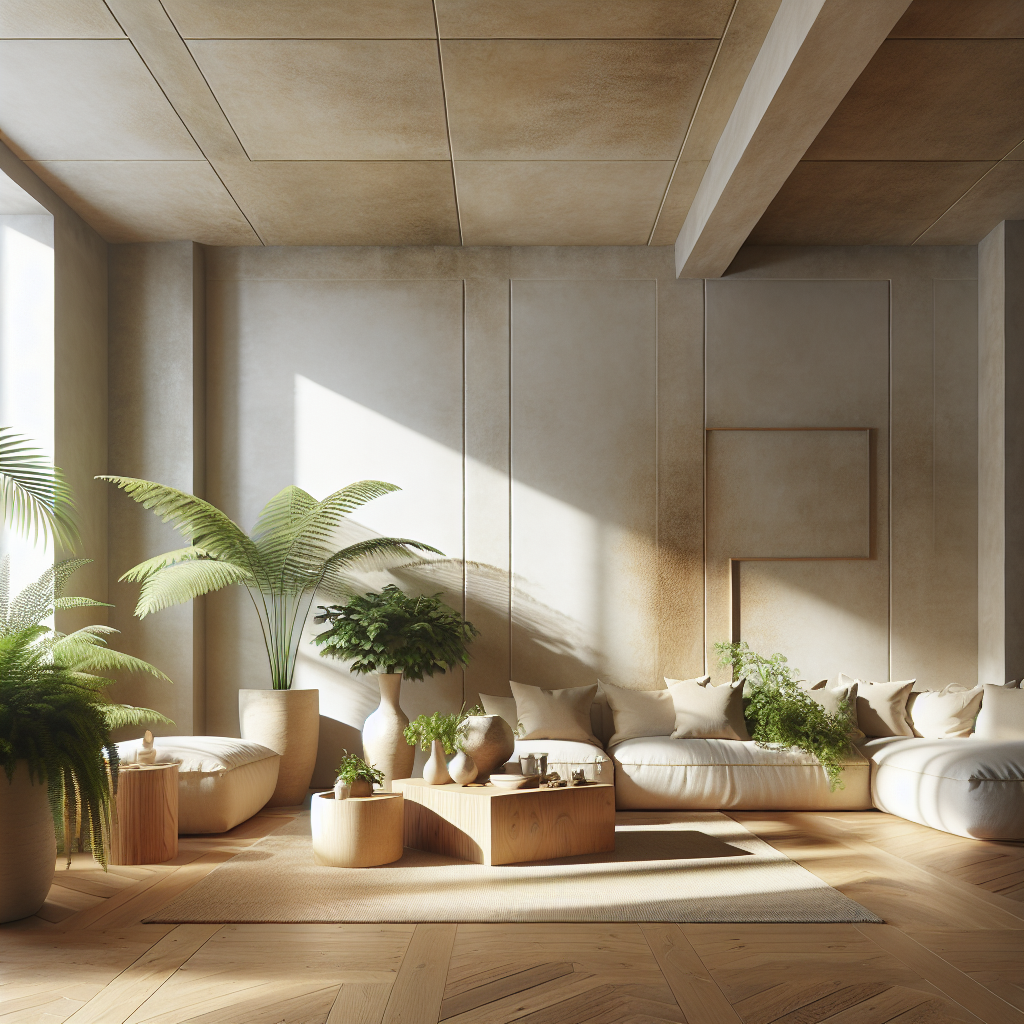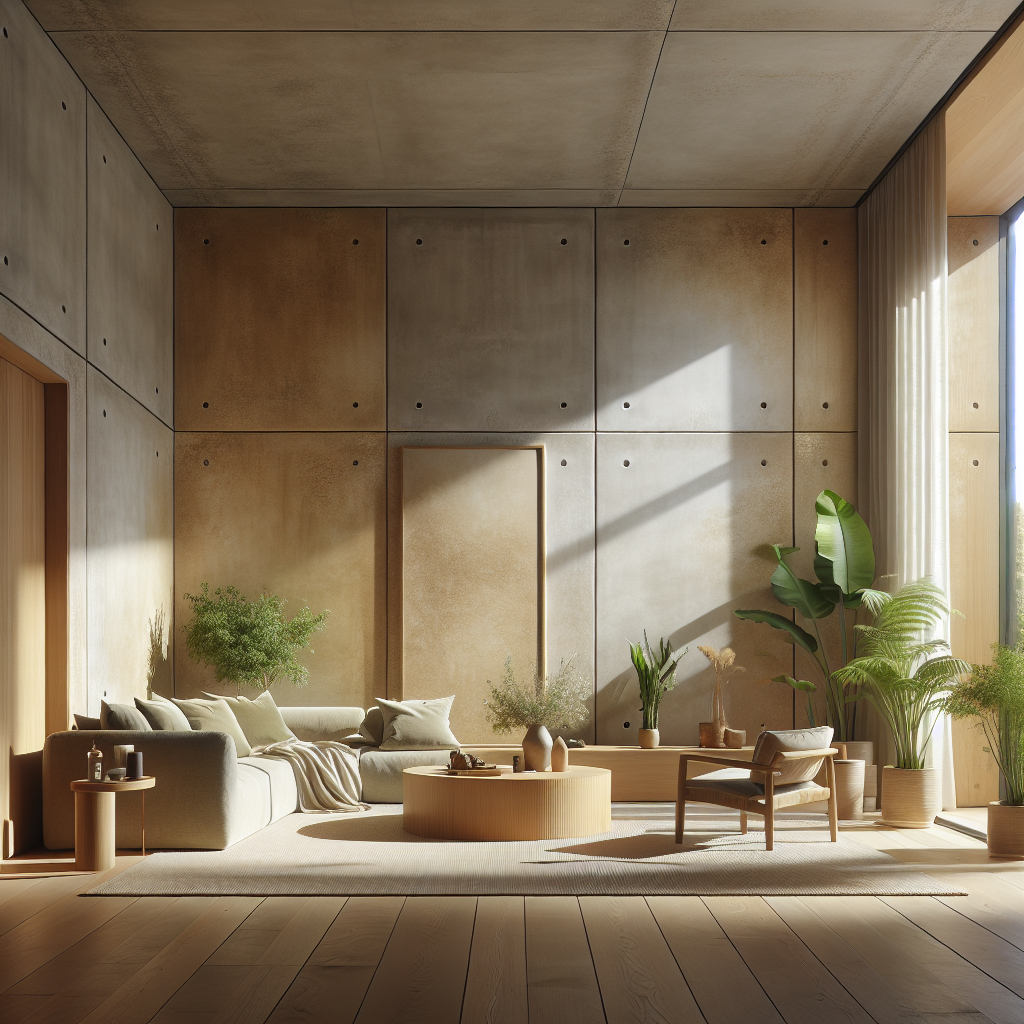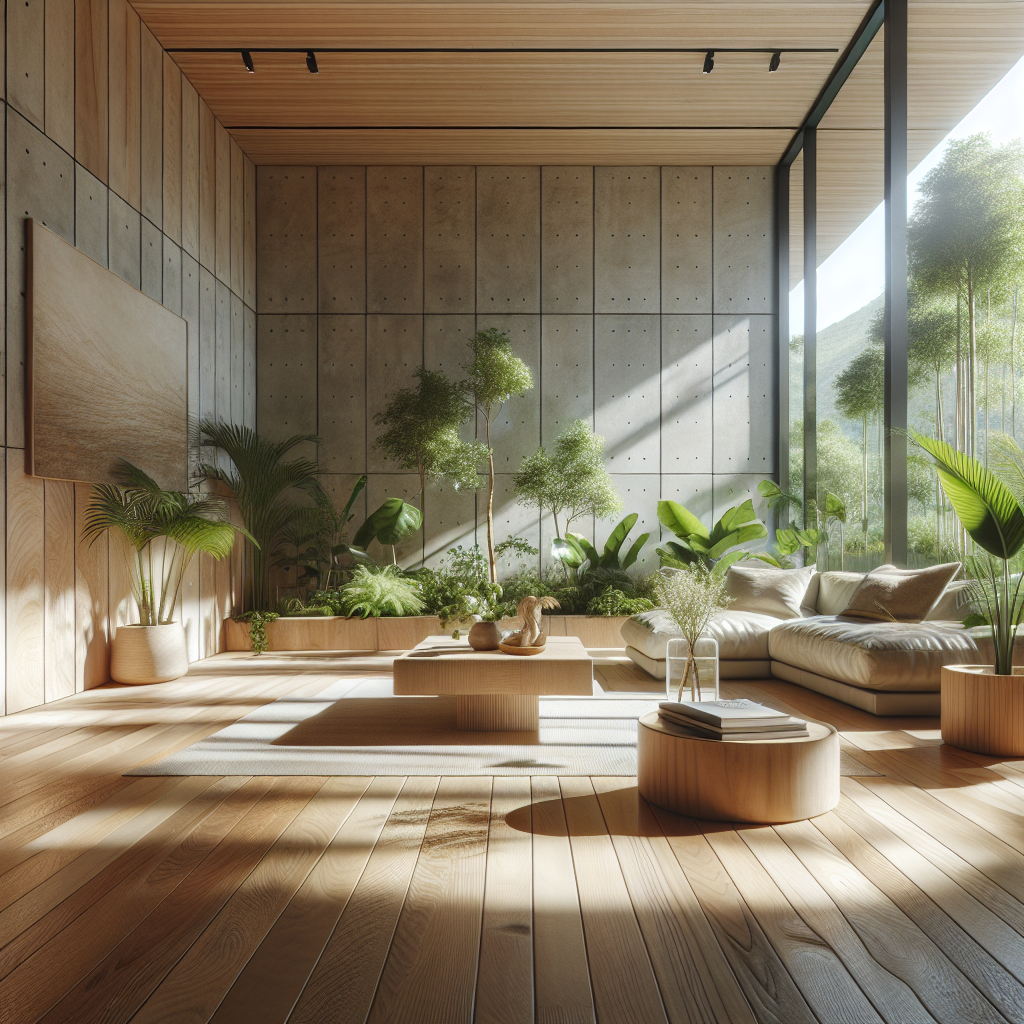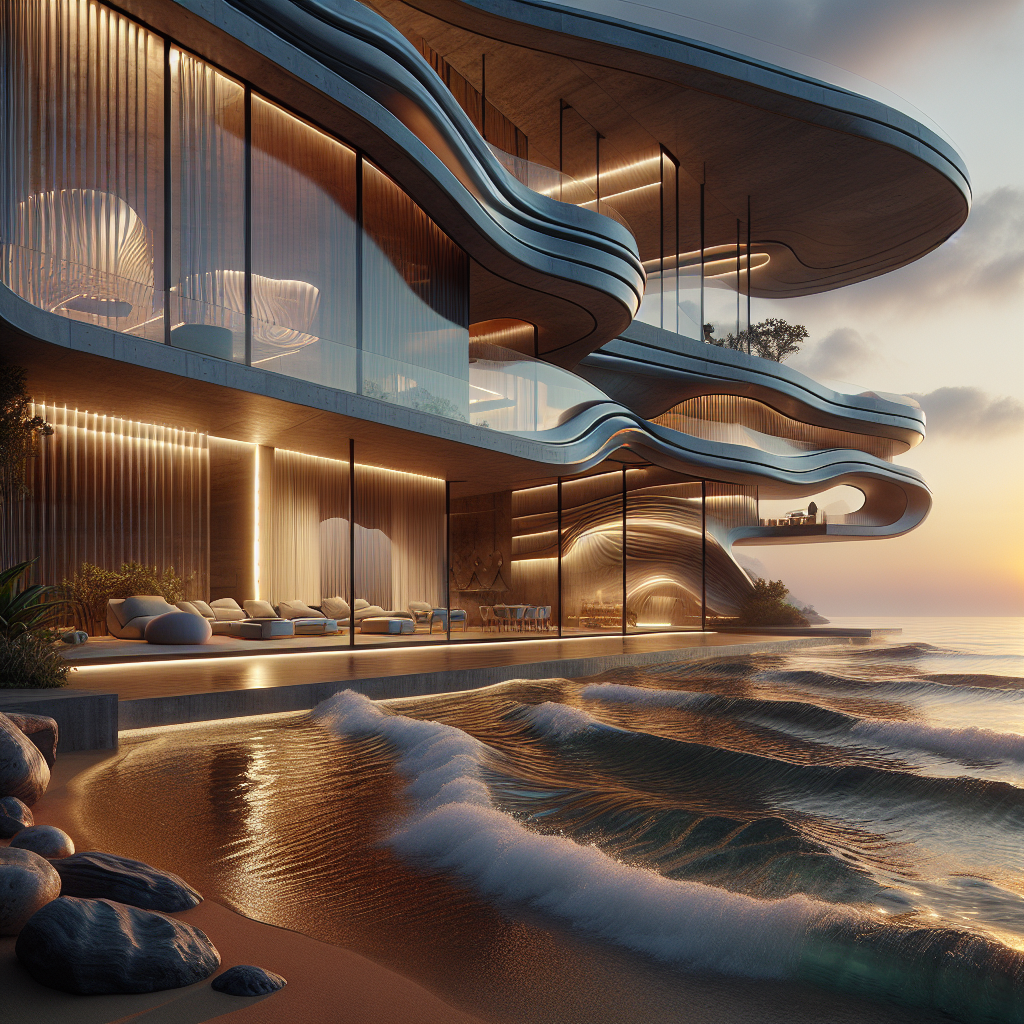Eco-Friendly Paints and Finishes for Healthy Homes
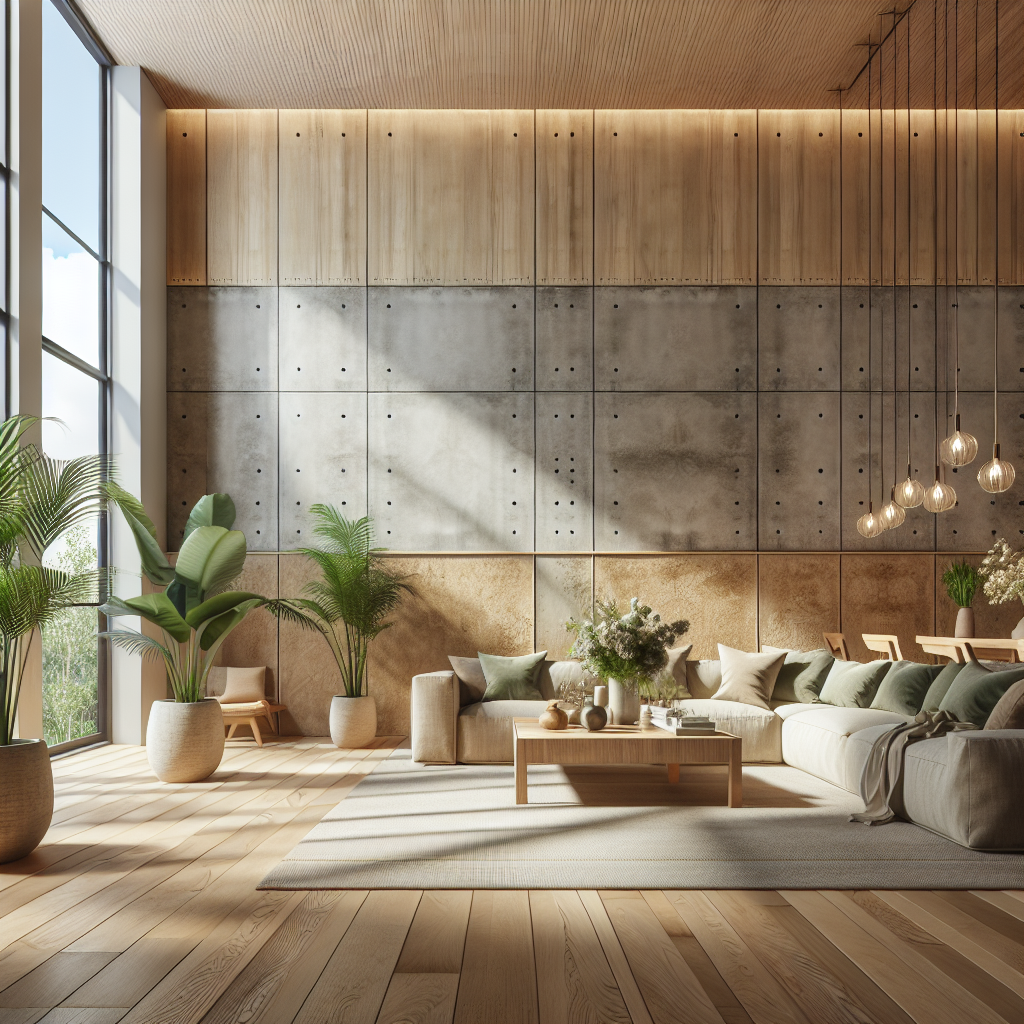
Eco-Friendly Paints and Finishes for Healthy Homes
In the rarefied world of architecture and interior design, materials are more than surface treatments—they are statements of philosophy, health, and sustainability. As the global design community pivots toward a future defined by eco-conscious innovation, the walls that surround us are being reimagined. Paints and finishes, once overlooked as mere aesthetic choices, are now central to conversations about indoor air quality, environmental responsibility, and the emotional resonance of space. For professionals seeking to align design integrity with ecological sensitivity, eco-friendly paints and finishes are no longer niche—they are the new standard.
The Invisible Architecture of Air
Every architect and designer knows that a building is more than its structure; it is also the air it holds. Traditional paints, often laden with volatile organic compounds (VOCs), release toxins long after the last brushstroke dries. These emissions compromise indoor air quality, triggering respiratory issues and undermining the very notion of a healthy home. According to the U.S. Environmental Protection Agency, indoor air can be two to five times more polluted than outdoor air, largely due to off-gassing from building materials and finishes.
Eco-friendly paints, by contrast, minimize or eliminate VOCs, offering a cleaner, safer environment. They are crafted from natural binders such as clay, lime, or casein, and often incorporate plant-based pigments. The result is not only a healthier atmosphere but also a finish that resonates with a tactile authenticity—walls that breathe, absorb, and reflect light in nuanced ways.
Material Innovation Meets Aesthetic Refinement
The new generation of sustainable finishes is as much about beauty as it is about responsibility. Brands are experimenting with mineral-based paints that create velvety matte surfaces, lime washes that evoke centuries-old plasterwork, and clay paints that imbue interiors with a soft, organic warmth. These materials are not only biodegradable but also naturally antimicrobial, reducing the need for chemical additives.
In high-end residential projects, designers are increasingly drawn to these finishes for their ability to create depth and atmosphere. Imagine a living room where the walls are coated in a pale lime wash, the surface subtly shifting in tone as daylight moves across it—an effect impossible to replicate with synthetic paints. Such finishes embody the principles of biophilic design, reinforcing the connection between natural materials and human well-being.
Case Studies: Healthy Homes in Practice
Consider the work of Studioilse in London, where clay-based paints were used to transform a Victorian townhouse into a sanctuary of calm. The matte, breathable surfaces not only enhanced the building’s historic character but also regulated humidity, reducing the risk of mold. In Scandinavia, where timber construction is experiencing a renaissance (wooden skyscrapers are redefining skylines), natural oil finishes are favored for their ability to protect wood while allowing it to age gracefully, developing a patina that tells the story of time.
In the United States, the WELL Building Standard has accelerated the adoption of low-VOC and non-toxic finishes in both residential and commercial projects. Architects are specifying eco-friendly paints not only for private homes but also for schools, hospitals, and workplaces, recognizing the profound impact of air quality on cognitive performance and overall health.
Color, Psychology, and Sustainability
Color remains the most immediate and emotional aspect of paint. Eco-friendly brands are increasingly offering palettes that rival conventional paints in richness and variety. Yet there is a subtle difference: the pigments, often derived from minerals or plants, carry a depth and luminosity that feels more alive. A cobalt blue derived from natural ultramarine, for instance, has a vibrancy that synthetic dyes struggle to match.
Designers are also exploring the psychological effects of color in tandem with sustainability. As explored in color theory in architectural design, hues influence mood, productivity, and even physiological responses. By combining eco-friendly formulations with thoughtful palettes, architects can craft interiors that are not only visually compelling but also emotionally restorative.
Market Trends and Industry Data
The global market for eco-friendly paints is projected to grow steadily, driven by consumer demand for healthier homes and stricter environmental regulations. According to a 2023 report by Grand View Research, the green coatings market is expected to surpass USD 100 billion by 2030, with water-based and natural paints leading the charge. This growth reflects a broader movement in design toward circular economy principles, where materials are chosen not only for their immediate performance but also for their long-term ecological footprint.
Luxury developers, once hesitant to embrace “alternative” finishes, are now showcasing eco-friendly paints as a mark of distinction. In high-end real estate marketing, the promise of a toxin-free environment is as compelling as the allure of Italian marble or bespoke joinery. For discerning clients, sustainability has become synonymous with sophistication.
Challenges and Opportunities
Despite their advantages, eco-friendly paints and finishes are not without challenges. They can be more expensive than conventional options, and their application may require specialized knowledge. Lime washes, for example, demand skilled craftsmanship to achieve their characteristic depth and variation. Yet these very challenges present opportunities for artisanship to reassert itself in contemporary design. In an era of mass production, the return of hand-applied finishes offers a refreshing counterpoint—spaces that feel crafted rather than manufactured.
Moreover, as awareness grows, economies of scale are beginning to reduce costs. The democratization of eco-friendly paints mirrors broader shifts in sustainable design, where innovations once reserved for avant-garde projects are becoming mainstream.
The Future of Healthy Finishes
Looking ahead, the convergence of science and tradition promises even more exciting developments. Researchers are experimenting with biomimicry, creating paints that mimic the self-cleaning properties of lotus leaves or the light-reflecting qualities of butterfly wings. Others are exploring carbon-negative formulations that actively sequester CO₂, transforming walls into climate-positive surfaces.
For architects and designers, the message is clear: the choice of paint or finish is no longer a superficial decision. It is a declaration of values, a commitment to health, and a gesture toward a more sustainable future. The walls we design are not just boundaries—they are canvases for ecological responsibility and human well-being.
Final Thoughts
In the rarefied dialogue of contemporary design, eco-friendly paints and finishes are emerging as both material and metaphor. They embody the possibility of a built environment that is healthier, more beautiful, and more attuned to the rhythms of nature. For professionals committed to shaping the future of architecture and interiors, embracing these innovations is not merely an option—it is an imperative.
